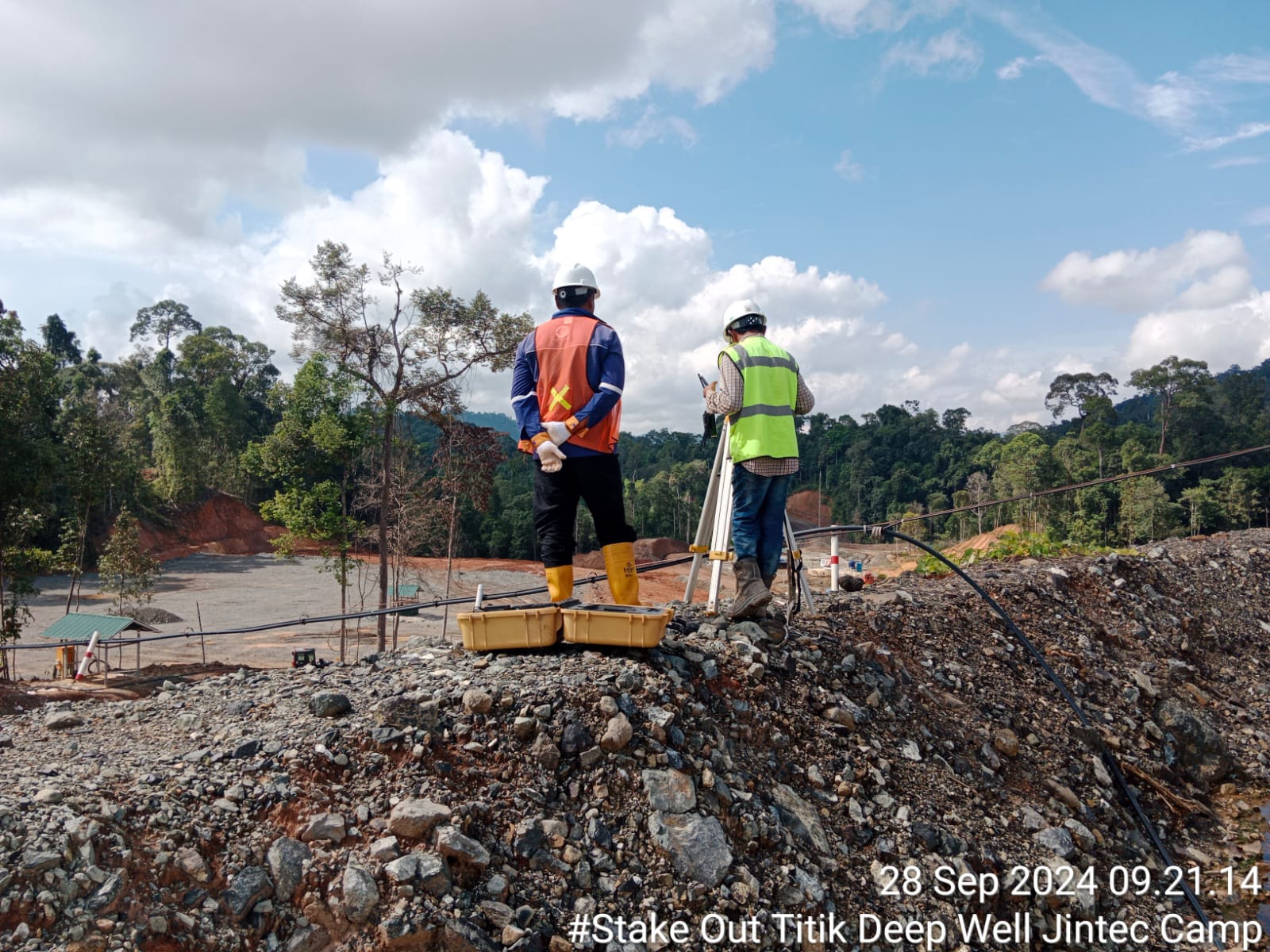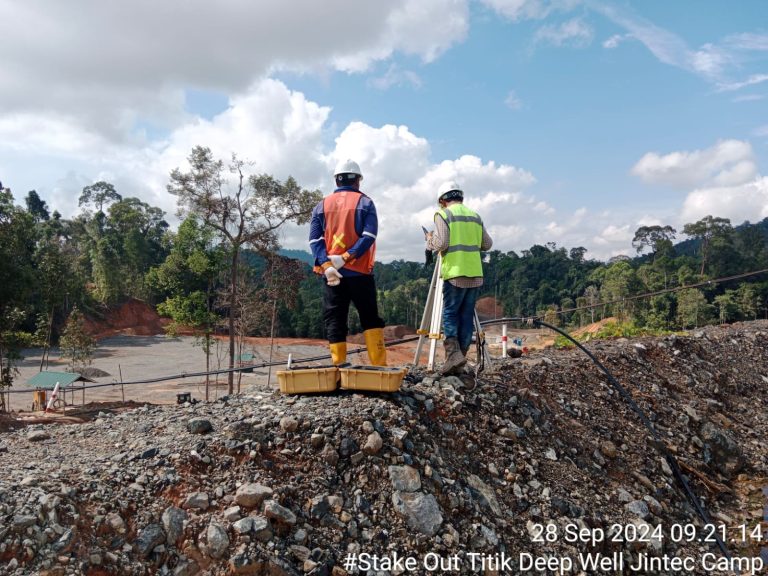Client
Location
Year
Project Value
In the construction of a Processing Plant, the integration of Quality Assurance (QA) and Quality Control (QC) in civil works is fundamental to ensuring that all construction activities comply with applicable standards, regulatory requirements, and technical specifications. These quality disciplines serve not only to uphold the integrity of the built environment but also to support project goals related to safety, sustainability, and long-term structural performance. Given the complexity and scale of civil works within processing facilities—such as foundations, structural concrete, drainage systems, and access infrastructure—ensuring quality at every stage becomes imperative.
Quality Assurance involves the establishment of a structured and preventive system that governs how civil works are planned, executed, monitored, and documented. QA focuses on the development and implementation of standardized processes such as the Project Quality Plan, Inspection and Test Plans (ITPs), method statements, and material approval procedures. It includes workforce competency verification, internal quality audits, and procedural reviews to ensure that construction teams are operating in alignment with contractual and regulatory expectations. By embedding quality into each phase of execution, QA seeks to eliminate potential defects before they occur, thereby reducing rework, schedule delays, and associated costs.
In contrast, Quality Control is more focused on the validation and verification of work that has already been performed. QC teams conduct detailed field inspections and material testing—both destructive and non-destructive—to confirm that the finished work complies with the project’s technical specifications. Testing procedures may include concrete strength tests, soil compaction assessments, rebar alignment checks, and dimensional conformity inspections. QC also involves the management of non-conformance reports (NCRs), corrective action reports (CARs), and the systematic documentation of quality records to demonstrate compliance to clients and regulatory authorities.
The collaborative interaction between QA and QC is critical to achieving a high standard of civil construction quality in the Processing Plant project. QA lays the foundation by establishing robust systems and preventive measures, while QC enforces these standards through systematic inspections and evaluations. When aligned properly, the QA/QC mechanism functions as a feedback loop—where findings from QC can lead to continuous improvement in QA processes. This integrated approach not only ensures technical compliance and minimizes risk but also enhances operational reliability, supporting the overall success and lifecycle efficiency of the Processing Plant.


